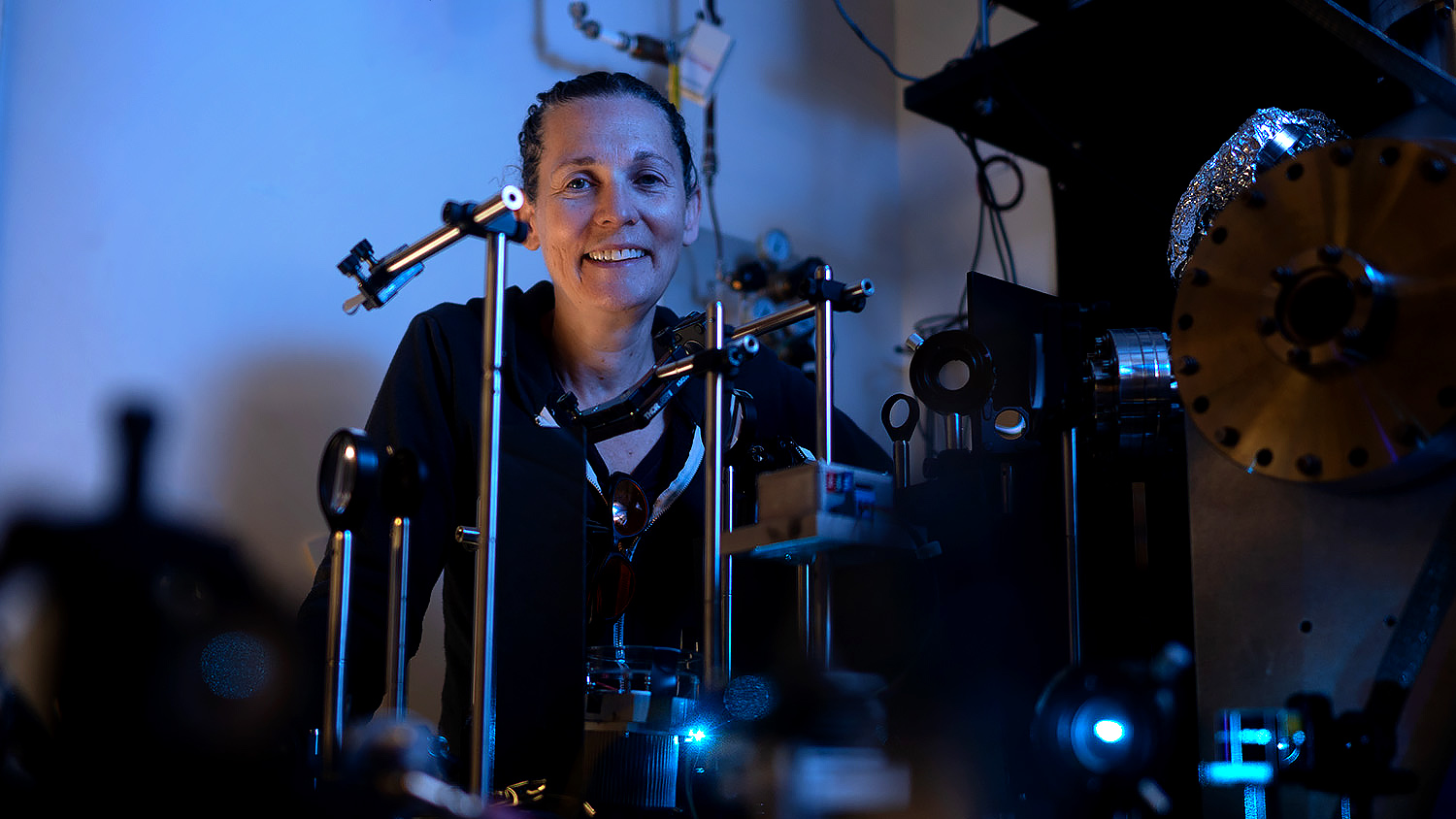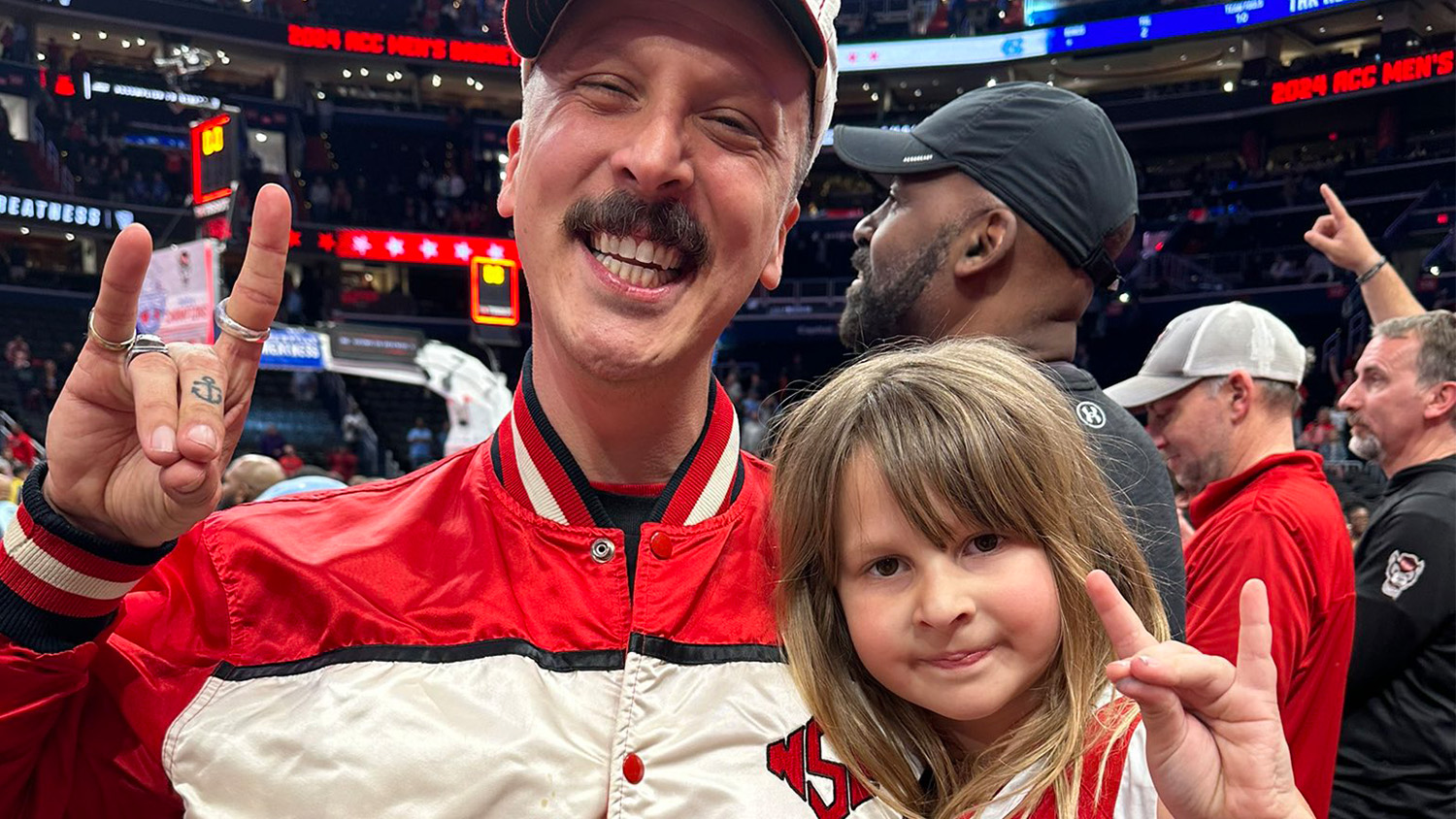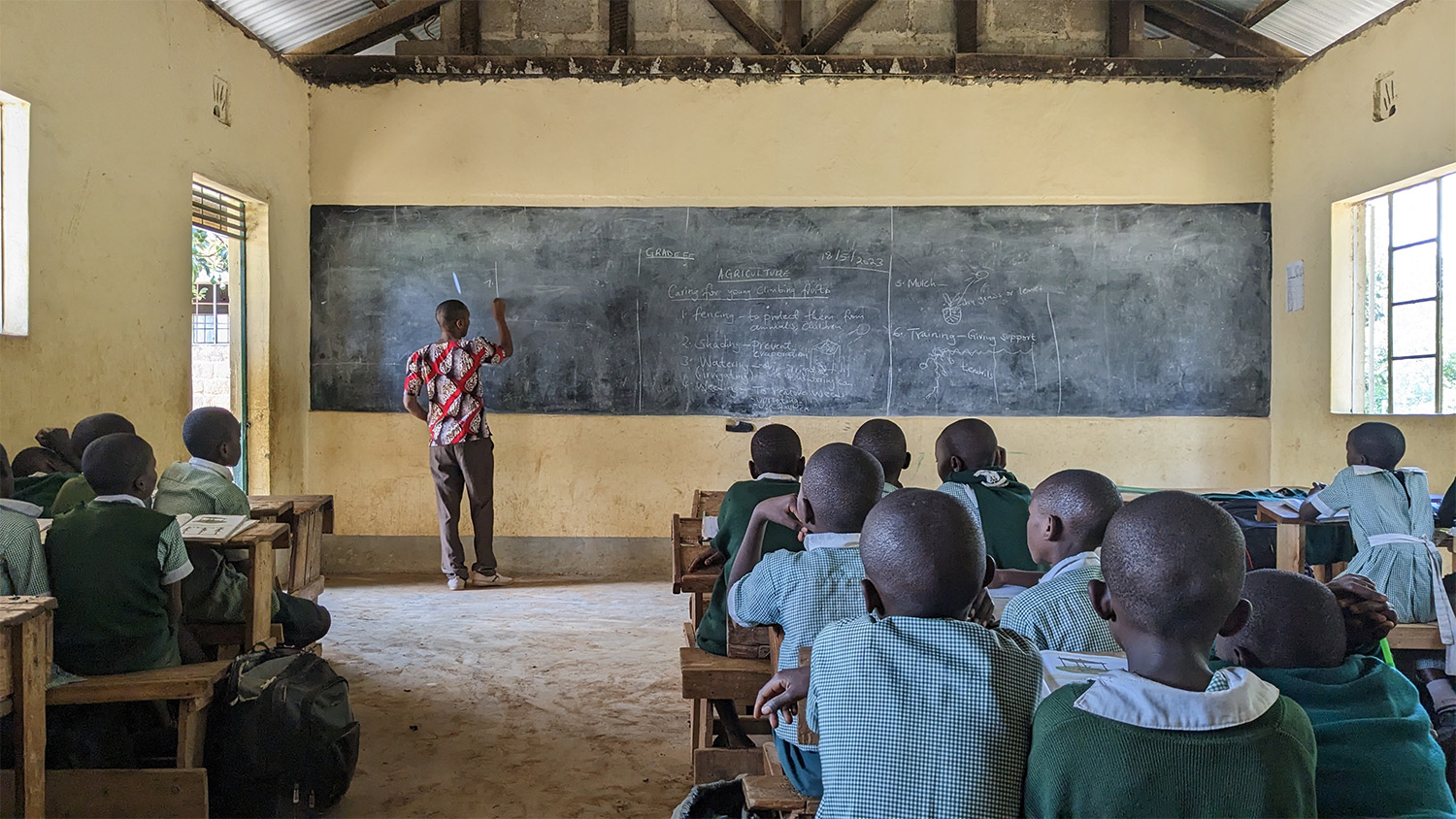60 Seconds with Laura Clarke
Alumni distinguished undergraduate professor of physics.

Laura Clarke is an experimental physicist studying nanoparticles and how fundamental science can enable people to improve their lives. She’s also been honored, most recently with the American Physical Society’s Jonathan F. Reichert and Barbara Wolff-Reichert Award for Excellence in Advanced Laboratory Instruction for her teaching of intro and upper-level physics classes.
Physics can seem daunting to some. How do you overcome that perception in a classroom or lab? As an experimental physicist myself, my whole life is about failure. Failure is just a day-in, day-out thing, and you have to learn how to deal with it. We think of Einstein, and [Richard] Feynman. These are people that we think of as having the right answer all the time, but that’s just not factually correct.
How do you make physics real to students? We give them an exercise two weeks into their college experience, where we say, “This is a little pretend game where you’ll act like a physicist in the workplace.” A lot of times, physicists in the workplace end up doing things like process engineers. So let’s imagine you have a polymer and the polymer is made of four things. We want to change its properties. You tell me which of the four things we’re going to change, and then we’re going to see how its properties change.
You focus a lot of your efforts on underrepresented students, so how do we bring them to physics? I have this great collaboration with Joy Gaston Gayles, who’s in the College of Education. She talks about her work as thinking about changing environments so we can be more welcoming of diverse perspectives. Maybe you’re really good at interpersonal skills and you also really like physics. If we never talk about the fact that interpersonal skills are a crucial part of physics in the workplace, you might feel like you don’t belong here.
You study nanoscale physics. What’s the focus of your research? We use these very small particles to condense down light energy. So you can imagine something like warming things from the sun. Desalinated water is an example, where you have like a gel that expands with clean water, and then you need to get the clean water out, so you put sunlight energy in, and then the clean water comes out as the gel collapses.


